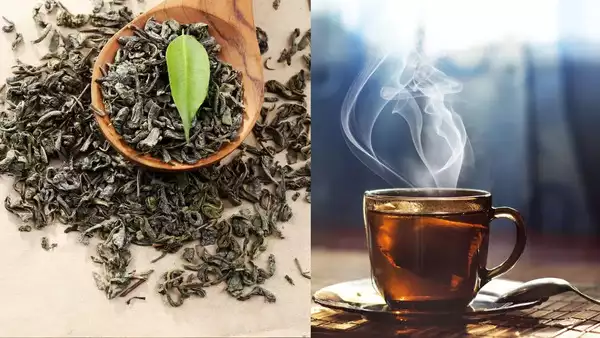Tea is more than just a beverage; it’s a cultural staple and a daily ritual for many around the world. However, with the growing tea market, concerns about adulteration have become increasingly significant. Ensuring the purity of tea leaves is crucial, especially after recent reports of a fake tea powder factory being busted by government officials in Cuttack, Odisha.
The Discovery of Fake Tea
A large-scale operation producing fake tea was uncovered during a joint raid by the Cuttack Municipal Corporation and the Cuttack Development Authority. This operation revealed a significant quantity of adulterated tea powder, along with labels, raw materials, and packaging products. These fake products were being sold extensively in the Indian market, raising concerns about the purity of the tea consumed daily. To protect yourself from such adulteration, here are some expert-backed tips to check the purity of tea leaves at home.
Appearance of Tea
- Check for Uniformity: High-quality tea leaves should be consistent in size, shape, and color. Pure tea leaves are usually whole or in large pieces, while lower-quality or adulterated tea may contain broken leaves, stems, or dust.
- Look for Additives: Inspect the tea for any unusual additives, such as artificial colors or flavors. Authentic tea leaves should not have an unnatural sheen or a vibrant color that doesn’t match the typical hue of the tea.
- Inspect for Foreign Particles: Pure tea leaves should be free from extraneous materials like twigs, stones, or other contaminants that could compromise the purity.
Aroma Assessment
- Freshness Check: Pure tea leaves should emit a natural, aromatic fragrance that is specific to their type (e.g., floral for jasmine tea, malty for Assam tea). A stale or musty odor may indicate poor quality or improper storage.
- Absence of Chemical Smell: Be wary of any synthetic or chemical smells, as these could suggest the presence of artificial additives or pesticides. Pure tea should have only a natural, fresh aroma.
Taste Test
- Flavor Profile: The flavor of pure tea should be rich and complex, reflecting its type and origin. For example, a high-quality Darjeeling tea should have a distinct muscatel flavor, while a good Earl Grey should offer a balanced hint of bergamot.
- Aftertaste: Pure tea leaves will leave a clean, pleasant aftertaste, while adulterated or low-quality tea might have a lingering bitterness or an off-taste.
Water Test
- Sediment Test: Brew a small amount of tea and let it settle. Pure tea leaves typically do not leave a significant amount of sediment or residue at the bottom of the cup.
- Color Test: Observe the color of the brewed tea. Authentic tea should produce a clear, vibrant liquor appropriate to its type. Cloudiness or an unnatural color may indicate impurities.
Solubility Test
- Dissolution Check: Place a small amount of tea leaves in water and stir. Pure tea leaves should not dissolve completely; they may swell but should not disintegrate into powder. If the tea turns into powder, it might be adulterated with fillers.
Conclusion
Ensuring the purity of tea leaves is vital for your health and enjoyment. By performing these simple checks—visual inspection, aroma, taste tests, and solubility checks—you can safeguard yourself against adulteration. Always purchase tea from reputable sources to enjoy a safe and flavorful cup.




